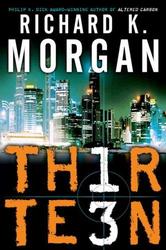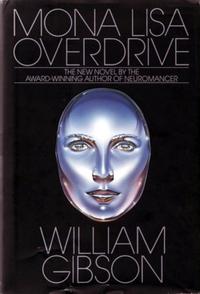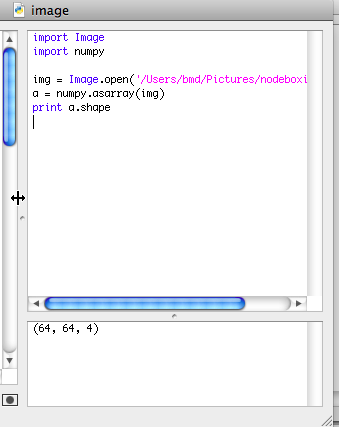![]() As bad as last week was for my fantasy football teams, this week was great. The various lineups combined for the much desired 4-0 record. Two were expected comfortable wins. One was an expected victory, but way too close for comfort. The last match was projected as nip and tuck, and went to the last quarter of Monday night’s game.
As bad as last week was for my fantasy football teams, this week was great. The various lineups combined for the much desired 4-0 record. Two were expected comfortable wins. One was an expected victory, but way too close for comfort. The last match was projected as nip and tuck, and went to the last quarter of Monday night’s game.
More details after the break.
Doom Patrol Prime was matched up against an absentee owner who started two players on bye. Should be a piece of cake right? Wrong! My team performed slightly better than expected. The opponent lucked into Chicago Bears TE Greg Olsen’s career day with 3 touchdowns. Come the Sunday night game, things were not looking good. I needed Eagles TE Brent Celek to outscore Dallas RB Marion Barber by about two points. Somehow Celek found the end zone and Barber didn’t. VICTORY!
In the all important office league, this victory keeps Doom Patrol barely above a scrum of contenders a game back. I’m still ranked #2, but if I slip and lose a game, it’s a quick fall to #6 based upon points.
And I face the #1 ranked team this weekend. Sigh!
Doom Patrol Beta rolled yet again, winning by 41 points. With an 8-1 record, Beta has a two game lead with five to play. Only a total collapse could keep this team out of the playoffs.
Justice Society, the troubled ESPN league team, was a pleasant surprise for a change, despite facing yet another absentee owner. All of my highly ranked players scored in double figures. This one was over by the end of the 4 pm games. Still in deep playoff trouble with this team though. There are three teams ahead of me for the last playoff spot with four games left to play. Pretty much have to run the table and get a lot of help.
The New Mutants was the most entertaining matchup of the weekend. Both teams were projected to score highly, with a slight edge to my team. The aforementioned Marion Barber, while not horrible, put me in a 12 point hole going into Monday Night Football. My only hope was the last player remaining, Pittsburgh’s Rashard Mendenhall. Unfortunately, Pittsburgh has turned into a pass first team, and indeed that’s how they scored all of their touchdowns. Fortunately, Mendenhall was able to rip off big 20 and 30 yard chunks when he did get the ball, totalling 155 yards on the ground. 15 points on the board along with a victory.
The Mutants are still in the last playoff spot, although there are a couple of other teams right on my tail. Five games left so it’s going to be a dog fight, although I do like how this team is composed.








 One of the mysteries of the substrate sketch is an image from which the visualization’s color palette is derived. Named pollockShimmering.gif in the sketch source code, I couldn’t actually find the image.
One of the mysteries of the substrate sketch is an image from which the visualization’s color palette is derived. Named pollockShimmering.gif in the sketch source code, I couldn’t actually find the image. From Top 10 to Top None in the space of a week plus a day. That’s what happens when you only score three points for the second week in a row.
From Top 10 to Top None in the space of a week plus a day. That’s what happens when you only score three points for the second week in a row. 

 The image capture to the right is the result of my building the
The image capture to the right is the result of my building the 

